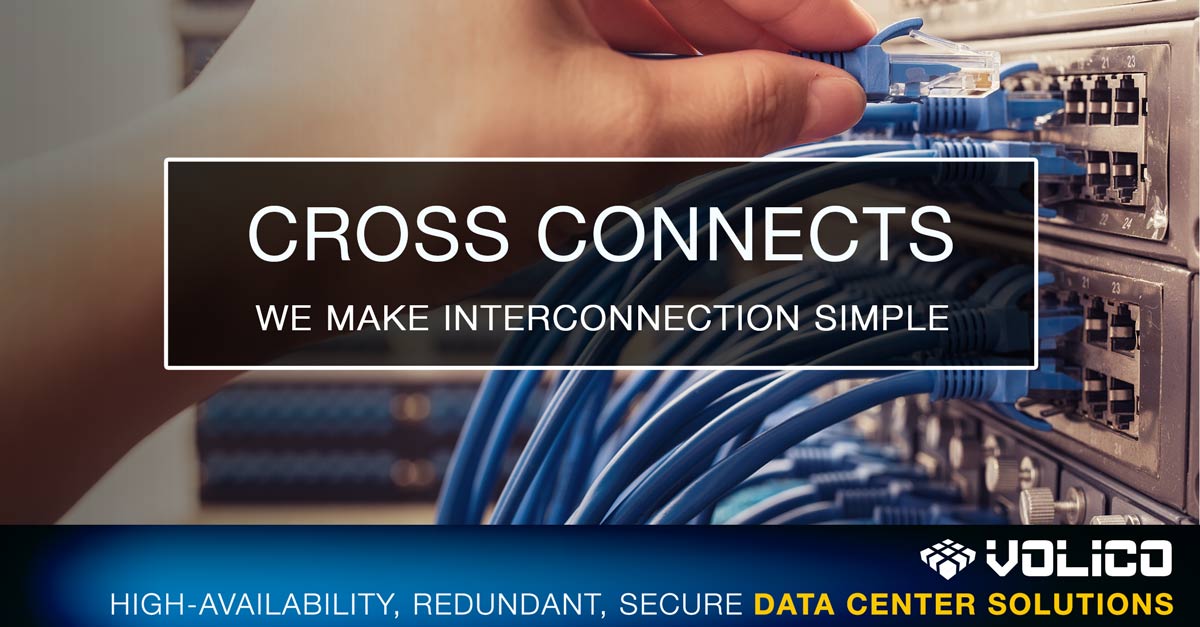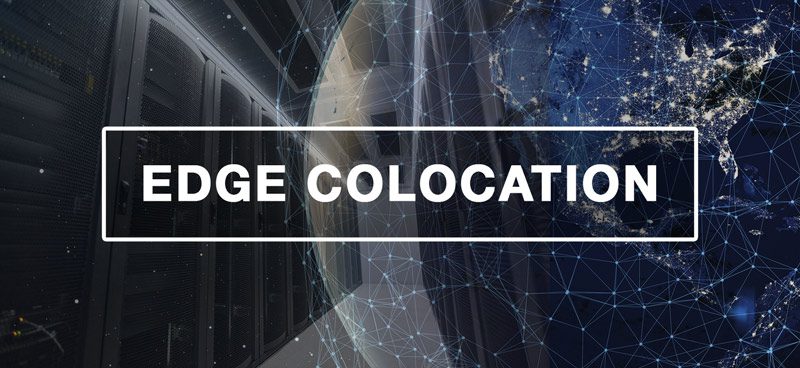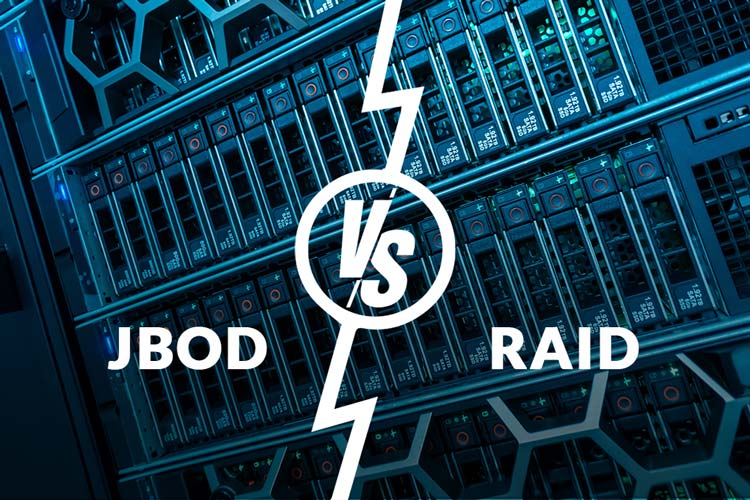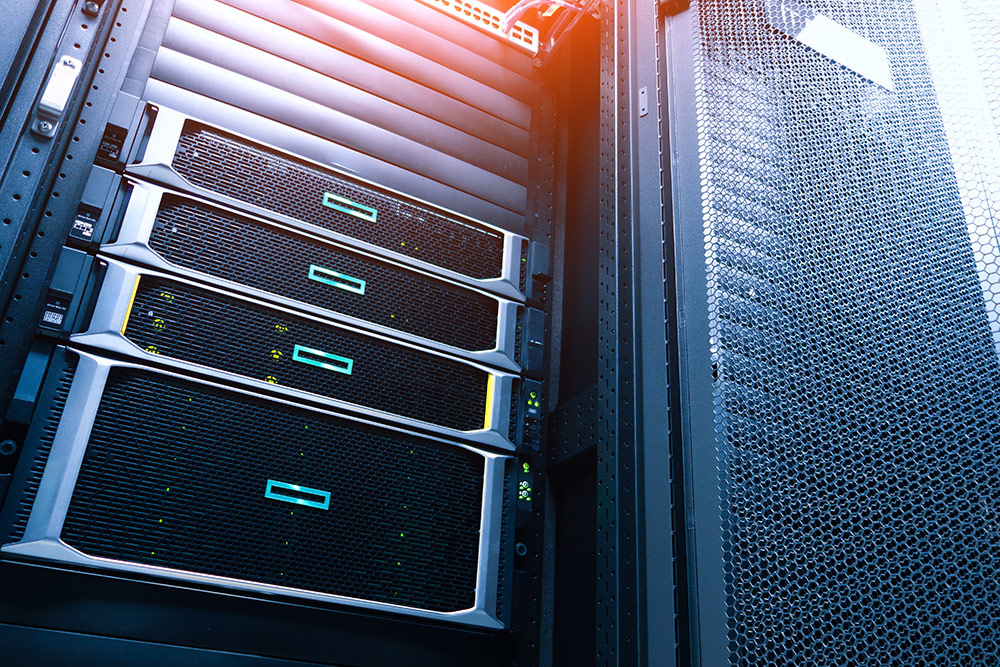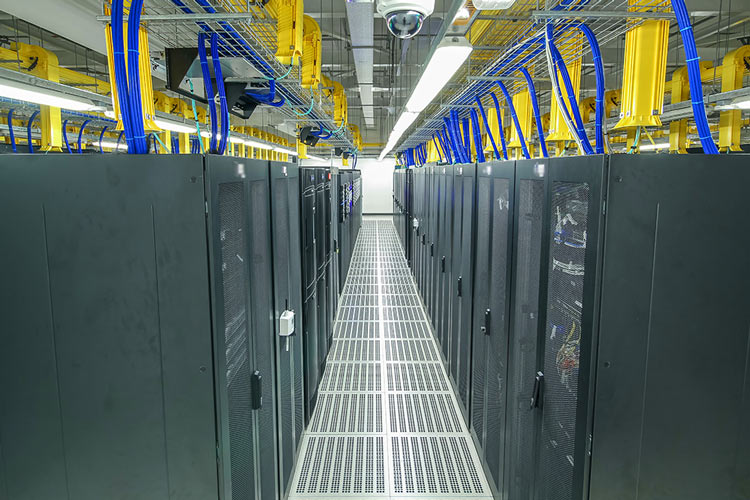Picture this.
You want to relocate your business or open a new branch in a new area. One of the things you’re looking for in the new location is a data center. The problem is, this is a tier two market. It is improbable that you’ll find a data center with the kind of interconnection solutions similar to one offered by colocation services in Metropolitan areas.
Still, you can opt for an edge data center and, by extension, leverage edge colocation. In contrast to the enormous data center facilities requiring immense resources and infrastructure to power, edge hardware is built to fit anywhere. Nevertheless, organizations must manage hardware installed in many locations, presenting logistics problems since the edge network is distributed.
By providing dynamic server space, edge colocation providers help companies overcome logistics challenges, while in traditional data centers, the company itself is responsible for all infrastructure maintenance. However, colocation providers furnish the building, cooling, power, and physical security needed to maintain the servers.
Using this approach, companies need only worry about designing their hardware configuration and maintaining their content and applications.
What is Edge Colocation?
Now more than ever, it’s critical for organizations to have high-speed connectivity for their clients. Edge Colocation makes this possible by allowing companies to deliver content and services to local users with minimal latency.
Edge colocation is the process of finding and renting dynamic server space within a highly connected data center in tier-two markets.
Edge data centers thrive by providing interconnected ecosystems to markets previously ignored by major connectivity hubs for years.
This movement of resources closer to the user is enabled by edge computing. More specifically, the process involves dispersing nodes, host, and base servers to zones with poor infrastructure.
As a result, users in tier-two markets can benefit from a quicker and improved digital experience.
Because edge hardware requires less infrastructure than traditional colocation, edge colocation providers can effectively manage the distribution of the edge network.
The providers also maintain the edge infrastructure, including server security, cooling, power supply, and materials. That way, when you rent a dynamic server, your only job is to configure the hardware, applications, and content.
When looking for an edge data center, you’ll want to choose one that offers carrier density or access to essential internet services, networks, and content.
Edge Colocation: A Growing Market
Edge colocation is on a roll. According to the details of a study commissioned by Global Market Insights, the edge data center market is projected to grow at a compound annual growth rate (CAGR) of 23 percent between 2020 and 2026.
The implementation of edge colocation is already evident in North America, with banks and insurance companies taking the lead.
Other factors expected to spur the growth and adoption of edge colocation include:
- The affordability of bandwidth required to broadcast rich content and streaming media to people in tier-two markets.
- Lower latency service for tier two markets thanks to local data storage.
What’s more, companies like YouTube, Google, and Netflix are already using Content Delivery Networks (CDN) in edge data centers to offer a better streaming experience while cutting transport costs.
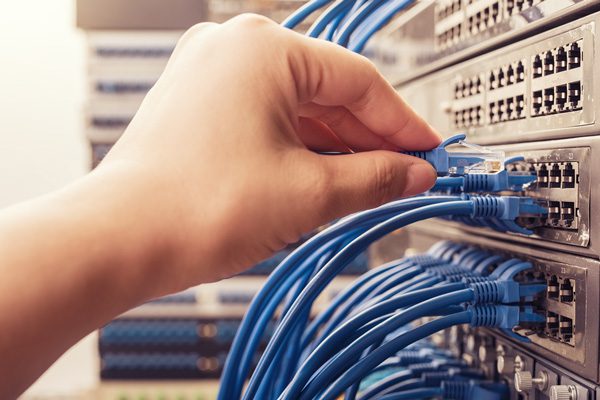
How Can Edge Colocation Help Your Business?
Edge colocation can give your business a competitive advantage in several areas. Some benefits of colocation include:
Improved Speed
Speed is crucial to any business’s bottom line.
For instance, if you’re a financial services provider, high-frequency trading algorithms are vital to your business. A slight trading algorithm slowdown can be severe to your operations.
The stakes are even higher if you’re in the healthcare industry. Losing a millisecond can result in consequences.
A Google and Deloitte study “Milliseconds Make Millions” found that even a 0.1-second improvement in speed can boost customer engagement at every level, including:
- A 9.2 percent increase in order value
- An 8.4 percent increase in retail conversions
- A 5.2 percent increase in retail customer engagement
- A 5.7 percent increase in bounce rate for product listing pages
If your business revolves around providing data-driven services to customers, edge colocation can help you deliver fast, reliable online experiences.
Edge computing colocation trims the travel distance of data delivery. It also moves the data processing closer to the end-user, lowering latency and reducing traffic congestion.
Further, it reduces failure points on the network, eliminating the load on your infrastructure. As a result, content delivery is fast and guaranteed.
Personalization
Content tailor-made to a customer’s specific tastes, buying history, location, and other indices is integral to upselling. It is also necessary for cross-promoting products.
On top of that, customized content is increasingly becoming the hallmark of a positive customer experience.
And, these days, customers expect content tailored to their interests. In fact, 70% of customers say that they value personalized content more than face-to-face experiences.
However, balancing high performance with the desire for customization can be challenging.
While you can cache static content via CDN, highly personalized content is super-dynamic, often necessitating drawn-out trips to and from the cloud for processing.
Fueled by edge computing, edge colocation provides the ability to cache dynamic content. That way, your business can deliver personalized content at the same high performance as static content.
Scalability
As your business grows, you can’t always foretell your IT infrastructure needs. And, building a dedicated data center is expensive, making it even more challenging to anticipate the future.
If your business grows beyond expectations, you may not be able to exploit the opportunities due to insufficient IT resources.
By bundling storage, computing, and analytics into smaller footprints near the end-users, edge colocation makes it easier for businesses to scale their operations in tier-two markets.
Furthermore, combining colocation services with local edge computing data centers enables businesses to expand their edge network reach rapidly without burning through their budgets.
Also, as your business grows, you can leverage edge computing capabilities to align to emerging markets and scale your computing and data requirements more effectively.
Increased Data Security
The distributed nature of edge computing infrastructure enables the implementation of security protocols that can segregate compromised portions without necessarily shutting down the entire network.
And, because data processing takes place on local devices, edge computing also helps reduce the amount of information exposed at a point in time. Besides, specialized edge data centers often provide extra security layers to protect against crippling DDoS attacks and other cyber threats.
That way, you can leverage security and performance levels similar to those offered by highly connected data centers while saving on bandwidth costs.
So, even though edge colocation enables you to move your data closer to users, it doesn’t compromise your information’s security.
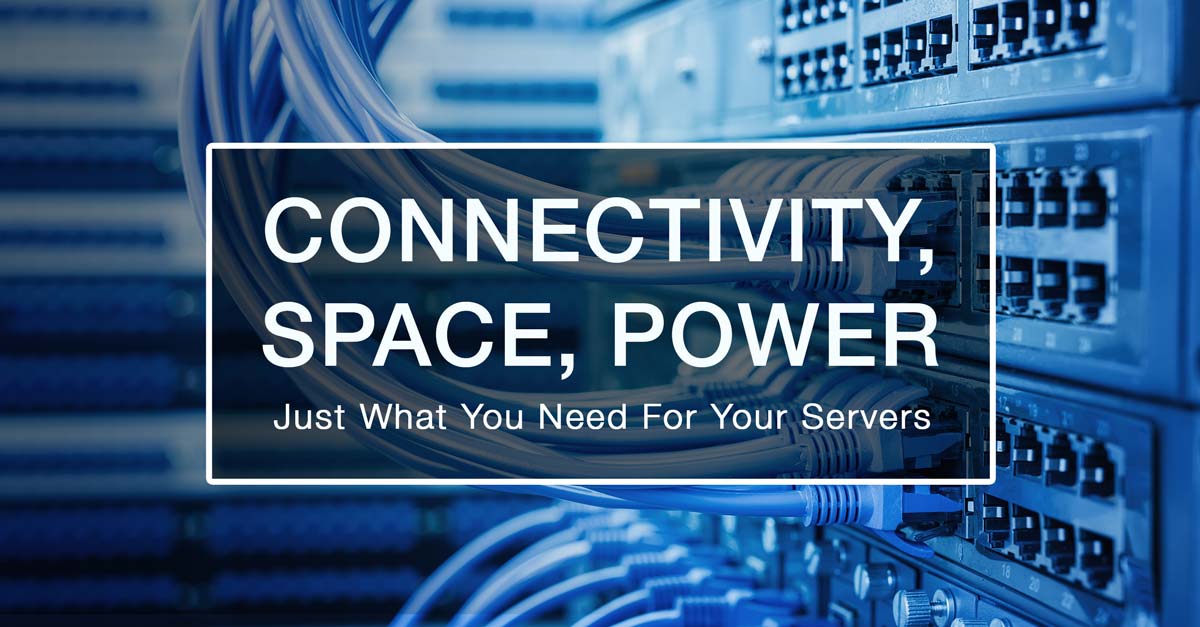
How to Choose an Edge Collocation Service
The best edge computing colocation provider should have the capabilities to help you execute your business plans now and in the future. When evaluating an edge colocation service, consider the following:
- The Right Interconnection – Choose a provider with adequate cross connects. You’ll also want to partner with a service that offers access to a high volume of networks with which to interface.
- The flexibility allows you to start at any size footprint and scale as your business grows.
- Network of Branches – Choose a service with nationwide edge locations to minimize end-user latency.
- Validate Reliability and Uptime – You’ll need to check the provider’s operating performance and the period the operations team has run the facility. Five-nines availability (99.999%) is the industry standard.
Conclusion
Edge colocation is the way to go if you want to provide a better online experience, secure your business-critical data, lower costs and reduce latency in underserved zones. You can reap even more benefits if you combine edge computing colocation with cloud services. That way, your business can optimize its bandwidth resources.
If you are looking for an edge colocation partner in the Miami area, you need to consider the capabilities offered by Volico Data Centers. Our carrier-neutral edge colocation data centers are designed to meet the needs of all types of bandwidth-intensive businesses.
Interested in Edge Colocation? To get started with edge colocation, get in touch with one of our managed colocation experts.
• Call: 888 865 4261
• Chat with a team member to discuss which solution best fits your needs.
